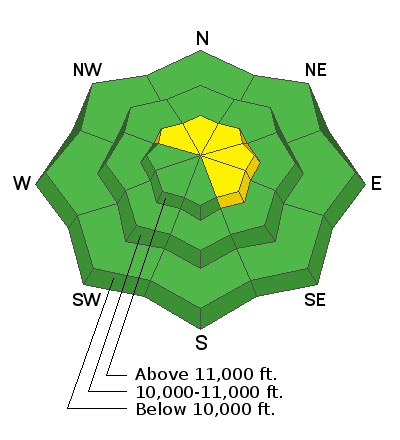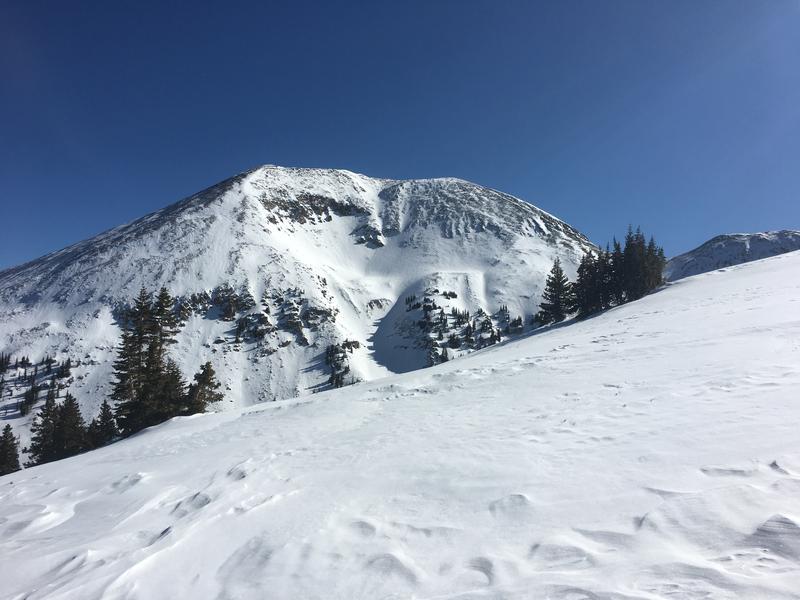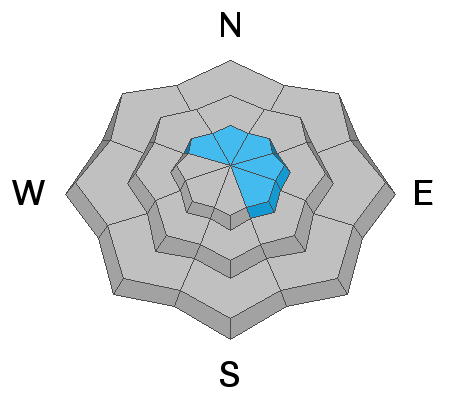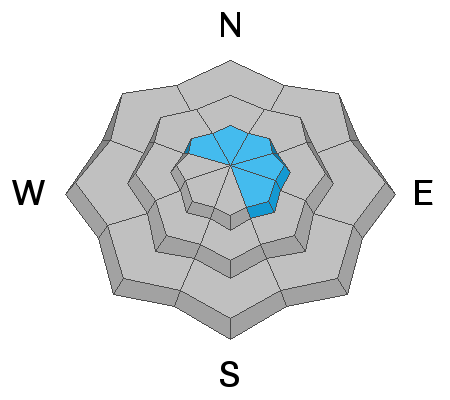Forecast for the Moab Area Mountains

Issued by Eric Trenbeath on
Friday morning, March 6, 2020
Friday morning, March 6, 2020
Time and warm temperatures over the past few days have helped to consolidate the most recent snow but there still remains an isolated or MODERATE danger for human triggered avalanches involving wind drifted snow in upper elevation, wind exposed terrain. On steep, northerly facing slopes, a triggered wind slab has the potential to step down into a buried persistent weak layer of loose, sugary, faceted snow. Most other terrain has generally LOW danger but with daytime heating, we may see some shallow, loose, wet avalanche activity on sun-exposed slopes. Avoid steep slopes if they become wet and sloppy.

Low
Moderate
Considerable
High
Extreme
Learn how to read the forecast here









